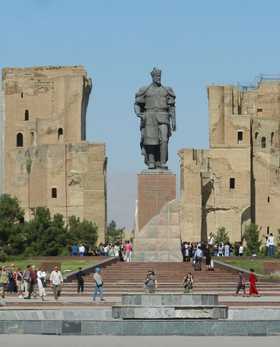Cost of Living in Palakkad - Updated Prices & Insights
Solo nomad: Estimated monthly costs are $220 (excluding rent), and $272 including rent.
Family of 3: Estimated monthly costs are $541 (excluding rent), and $713 including rent.
Citycost data is based on AI and user input – minor inaccuracies may occur.
Last update: November 25, 2025
